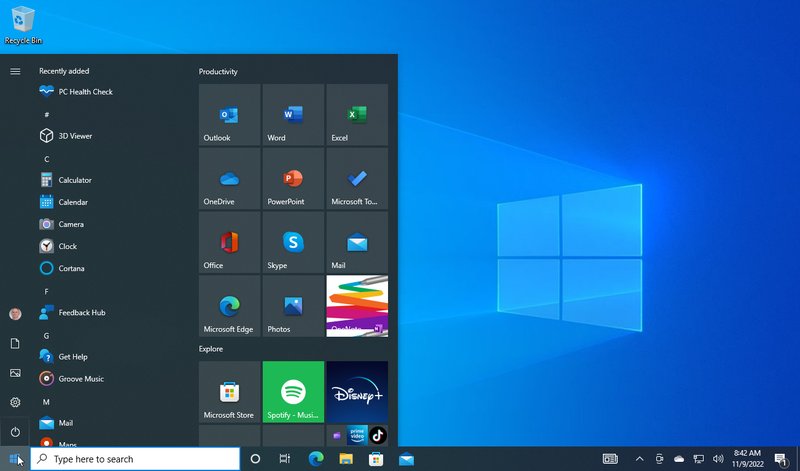
Starting a worm bin for kitchen waste isn’t just eco-friendly; it’s also surprisingly easy and can be quite fun. You get to help the environment while creating nutrient-rich compost called vermicompost. Think of it as giving back to your plants while being kind to the Earth. If you’re curious about how to dive into this delightful endeavor, let’s dig a little deeper into the world of worm bins!
Why Start a Worm Bin?
You might be wondering, “Why should I bother with a worm bin?” Well, besides feeling good about reducing waste, there are several perks to this process. First, worms are incredible little recyclers. They can turn your kitchen scraps into rich compost, which can nourish your plants and improve soil health. It’s like magic but rooted in science!
Using a worm bin also helps lessen the amount of waste heading to landfills. Did you know that food waste is one of the largest contributors to landfill emissions? By composting your waste, you’re not only reducing that impact, but you’re also creating a closed-loop system that benefits your home garden or houseplants. Plus, it’s a fantastic educational project if you have kids or want to explore a new hobby!
And let’s not forget about the sheer joy of watching those worms go to work. It’s fascinating to see how they munch through your scraps and turn them into something beneficial. You might even find yourself developing a connection with your wriggly little friends!
Choosing the Right Bin
Selecting the perfect bin for your worms can make a big difference in your composting experience. You have a few options here. The most common choices include plastic bins, wooden boxes, or even store-bought worm farms. If you’re going DIY, a plastic storage container works well.
Here are some factors to consider when picking your bin:
- Size: Think about how much kitchen waste you generate. A small bin can be sufficient for a single person, while a larger bin might be better for a family.
- Ventilation: Worms need airflow, so make sure your bin has enough holes for air circulation. Too little air can lead to odor issues and unhappy worms.
- Drainage: Worm bins should have a way for excess moisture to escape. This prevents your worms from drowning and keeps the environment just right for composting.
Once you decide on a bin, it’s time to set it up!
Setting Up Your Worm Bin
Getting your worm bin ready is straightforward. First, you’ll want to line the bottom of your bin with shredded newspaper or cardboard. This serves as bedding, giving your worms a cozy place to start. It’s like their little worm hotel!
Next, moisten the bedding with water, but don’t soak it. It should feel like a damp sponge—not dripping wet. Here’s the thing: worms breathe through their skin, and if the bedding is too wet, they might struggle to get enough oxygen. After you’ve prepped the bedding, it’s time to introduce your worms.
You can buy composting worms, specifically red wigglers, from local gardening stores or online. Add them gently to the bin and give them a day or two to settle in.
What to Feed Your Worms
Now that your worms are all settled, you might be curious about what they eat. Luckily, red wigglers are not picky eaters. You can feed them a variety of kitchen scraps, including:
- Fruit and vegetable peels
- Coffee grounds and filters
- Eggshells (crushed)
- Grains and bread (in moderation)
However, there are a few items to avoid. Don’t feed them meat, dairy, or oily foods. These can create odors and attract unwanted pests. You might find it helpful to create a “worm menu” to remind yourself of what they love!
To feed your worms, just bury the scraps in the bedding. This keeps odors down and encourages the worms to venture out and explore.
Maintaining Your Worm Bin
Caring for your worm bin doesn’t take much effort, but there are some key things to keep in mind. First, monitor the moisture level. If the bin gets too dry, sprinkle some water on the bedding. If it’s too wet, add more dry newspaper or cardboard to absorb the excess moisture.
Keep an eye on the food as well. If you notice that your worms aren’t eating as fast as you’re feeding them, cut back a bit. Worms have a limit, just like us! If you have too much food and it’s not getting consumed, it can attract fruit flies or create a stinky mess.
Also, check the temperature of your bin. Ideally, it should be between 55°F and 77°F. If it gets too hot or too cold, your worms might become less active or stressed. You might think of your worm bin as a cozy little home for your worms, just like your favorite comfy chair!
Harvesting the Compost
After a few months, your worms will have worked their magic, and you’ll want to harvest that beautiful vermicompost. Here’s how to do it:
1. **Stop Feeding:** About a week before you plan to harvest, stop adding food to the bin. This encourages the worms to finish what they have and helps you know when the compost is ready.
2. **Gather Supplies:** You’ll need a separate container to transfer the compost, and a garden trowel or similar tool to help scoop it out.
3. **Separate the Worms:** You can either remove the top layer of compost where the worms are or use the “light method.” Place the bin in a well-lit area; worms naturally burrow down to avoid light. In about 20 minutes, most will have moved down, making it easier to collect the compost.
4. **Use the Compost:** The black gold you’ve created can be sprinkled onto your garden, potted plants, or vegetable beds. It’s a nutrient powerhouse that helps plants thrive!
Common Mistakes to Avoid
Even the best of us can make mistakes, especially when starting something new. Here are a few common pitfalls to watch out for:
- Overfeeding: Remember, worms have their limits! Be sure to pace yourself and wait for them to catch up.
- Ignoring Odor: If your bin starts to smell, it could mean it’s too wet or you’re feeding too much. Address the issue immediately to keep your worms happy.
- Wrong Temperature: Keep your bin in a temperate zone. Extreme heat or cold can stress out your worms, leading to fewer composting results.
By being mindful of these points, you’ll set yourself up for worm bin success!
Wrapping Up Your Worm Bin Adventure
Starting a worm bin for kitchen waste is a rewarding way to recycle and create nutrient-rich compost for your plants. Not only do you help the environment, but you also connect with nature in a fun and hands-on way. You might even find joy in nurturing your tiny composting army!
Remember, it’s all about trial and error. There’s no perfect method, and you’ll learn as you go. So grab those kitchen scraps, give your worms a cozy home, and watch as they transform waste into something beautiful! It’s an adventure that’s worth every wriggle.

